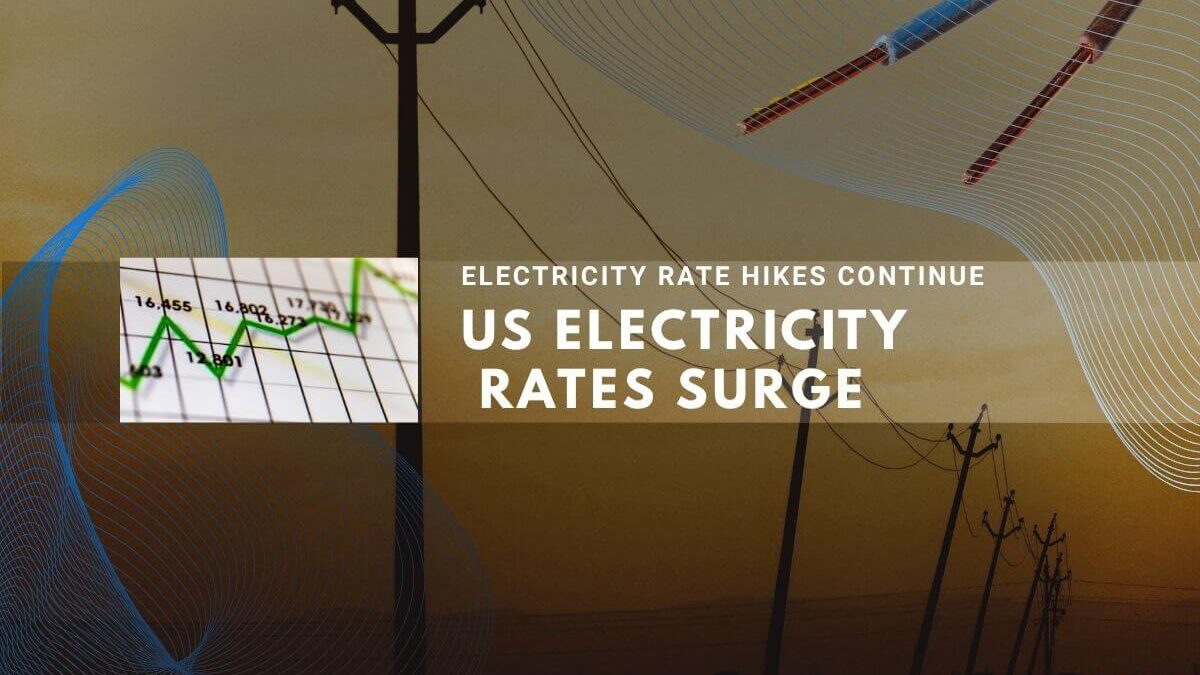US electricity rates averaged 15.22 cents per kilowatt hour in October 2025, reflecting ongoing cost pressures across the power sector.[1] Utilities secured record rate increases as infrastructure needs and demand growth continued to strain the national grid.[2] The Energy Information Administration projected power consumption would hit record highs in 2025 and 2026.[3]
Record Rate Increases Approved Nationwide
Utilities requested or secured 29 billion dollars in rate increases during the first half of 2025, more than double the 12 billion dollars recorded in the same period of 2024.[2] The unprecedented wave of requests reflected aging grid infrastructure, surging demand from data centers, and rising wholesale market costs.[2]
Regional Impact Varies Significantly
Nearly 40 million customers nationwide faced rate increases in 2025.[2] The US South saw 19.6 million customers affected by 1.8 billion dollars in combined rate requests, while the West experienced over 4 billion dollars in approved increases impacting 9.6 million consumers.[2]
Data Centers Drive Explosive Demand
Public power utilities reported explosive electricity demand from data centers in early October 2025.[4] Some requests exceeded the total energy currently used by all existing customers combined.[4]
Dan Sullivan of Oklahoma’s Grand River Dam Authority noted that approximately 2,000 megawatts of demand, primarily from data centers, sought connection to his utility’s system.[4] Kirk Hudson of Chelan PUD in Washington state reported around 1,400 megawatts of data center demand looking to connect to a utility system averaging just 200 megawatts.[4]
Key Factors Behind Consumption Growth
The Energy Information Administration identified several factors driving record power consumption in 2025 and 2026:[3]
- Increased industrial and commercial electricity use
- Expansion of data center facilities nationwide
- Higher residential demand from temperature extremes
- Growth in electric vehicle charging infrastructure
- Recovery from pandemic related consumption patterns
State Rate Differences Persist
As of October 2025, Hawaii residents paid the highest rate at 40.96 cents per kilowatt hour for residential service.[1] Nevada had the lowest rate among states at 11.42 cents per kilowatt hour.[1] California maintained rates above 33 cents per kilowatt hour, while Idaho residents paid just 12.07 cents.[1]
Utilities across the country continued filing rate increase requests in October 2025 to address infrastructure modernization and capacity expansion needs. The trend of rising electricity costs showed no signs of reversal as grid demands intensified throughout the year.[5]
